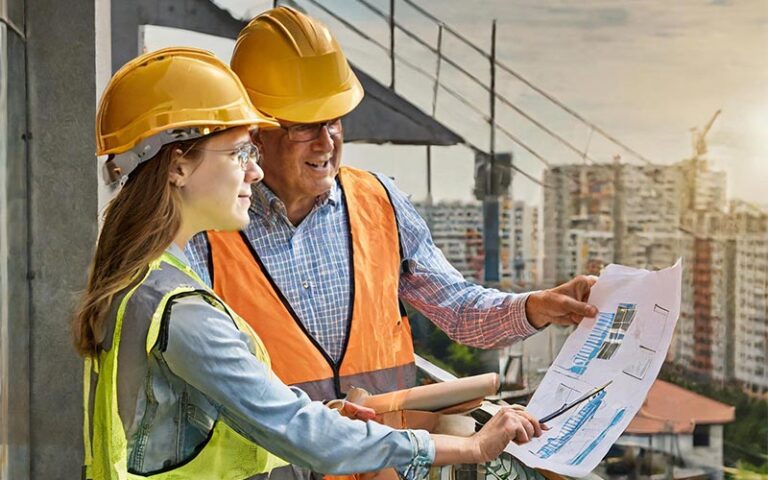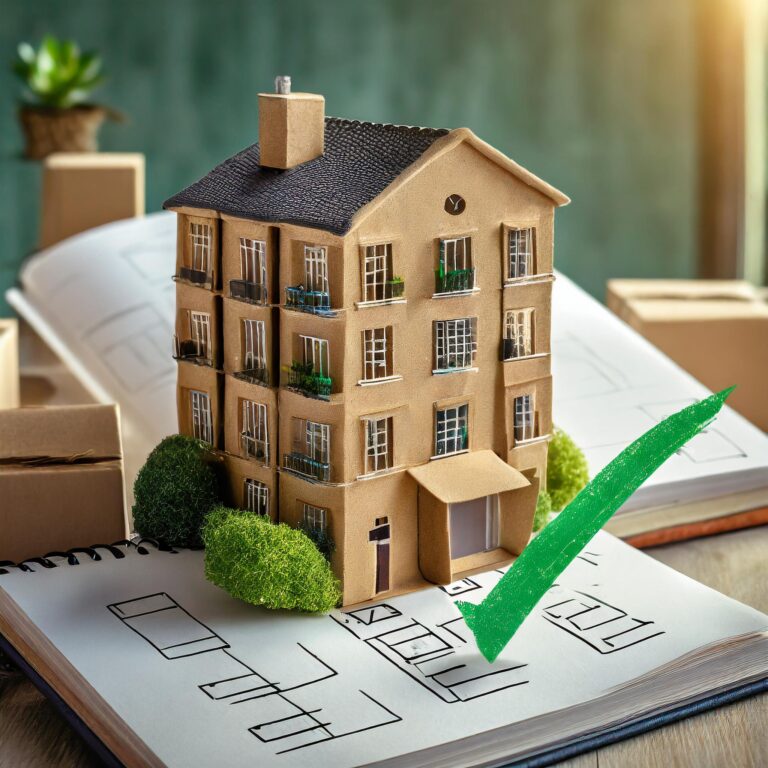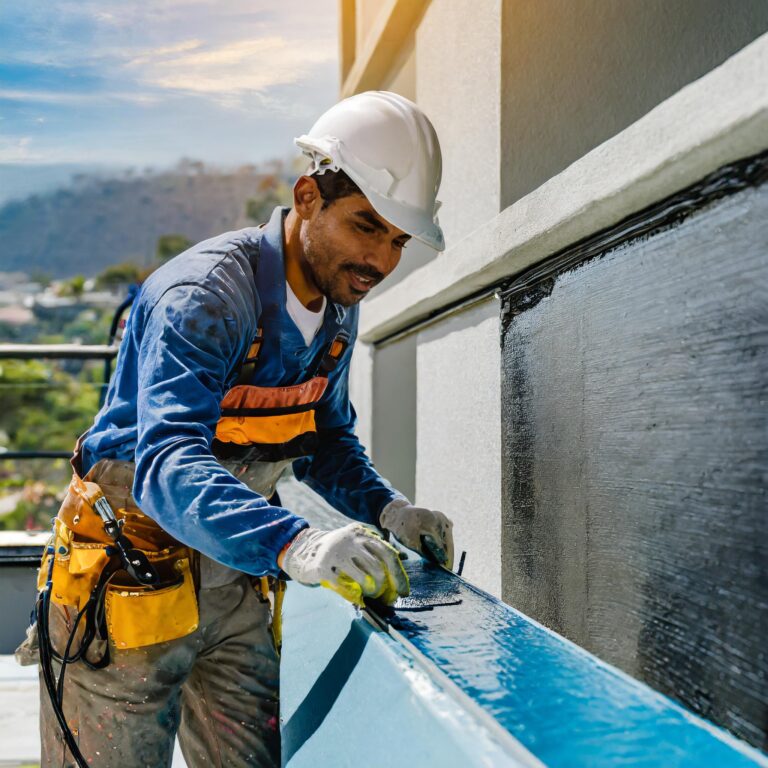Balcony Law California: What Areas Does An SB721 Inspection Cover?

Table of Contents
California Balcony Law: What Areas Does An SB721 Inspection Cover?
- Introduction
- balcony and deck inspection overview
- railing and guards inspection overview
- Stairs and landing inspection overview
- Area structural component overview
- Property owners prioritize safety compliance
- Knowing what is being inspected
- Comprehensive safety check for properties
- Comprehensive safety check for properties
- Top questions & answers
In California, Senate Bill 721 (SB721) also known as the California Balcony Law mandates inspections of exterior elevated elements (EEE) and load-bearing components in multi-family housing units. Enacted to prevent catastrophic incidents like balcony collapses, this legislation requires property owners to conduct regular inspections to ensure compliance with safety standards. Let’s delve into the critical areas covered by these inspections:
Contact DrBalcony for a professional inspection!
Ensure the safety of your balcony and living space with DrBalcony – We’re a Tech Engineering firm that specializes in California SB326 & SB721 balcony inspections. Over 300+ completed projects in California.
Request A Free EstimateClick To Call
Balconies & Decks
SB721 inspections place a significant emphasis on the examination of balconies and decks owing to their susceptibility to wear, exposure to adverse weather conditions, and potential structural flaws. During these inspections, inspectors meticulously scrutinize various components such as railings, supports, connections, and the decking material itself.
Their objective is to detect any indicators of deterioration or damage that could pose safety risks. This thorough evaluation encompasses a visual inspection of these exterior elevated elements (EEE), which involves closely examining for signs of dry rot and other forms of decay. Ensuring the integrity of these elements remains intact is paramount to safeguarding the structural stability and safety of the property.
Railings & Guards
Ensuring the integrity of railings and guards is of paramount importance in preventing falls and accidents within multi-family housing units. During SB721 inspections, inspectors conduct a comprehensive assessment of these crucial safety features. They evaluate not only their stability but also their compliance with height regulations, proper installation techniques, and their ability to withstand applied loads effectively.
Any signs of corrosion, loose connections, or inadequate support are swiftly identified and addressed to mitigate potential risks and ensure the safety of residents and visitors alike. These load-bearing components undergo thorough scrutiny, adhering rigorously to the safety standards mandated by the legislation to maintain optimal safety standards throughout the property.

Stairs & Landing
Stairways and landings play a critical role in providing safe and secure access to elevated areas within multi-family housing units. These components serve as essential pathways for residents and visitors, necessitating thorough scrutiny during SB721 inspections to uphold safety standards. Inspectors meticulously focus their attention on various elements, including treads, risers, handrails, and landings, ensuring not only their structural integrity but also compliance with building codes and regulations. Any deviations from these standards, such as uneven surfaces or inadequate lighting, are promptly identified and remediated to mitigate potential safety hazards.
Moreover, inspectors recognize the urgency of addressing any issues that may compromise the safety of occupants. Hence, any emergency repairs or replacements needed must be swiftly conducted to prevent any disruption to occupant access and minimize the risk of accidents or injuries. By prioritizing the maintenance and upkeep of stairways and landings, property owners can ensure the continued safety and well-being of residents and visitors alike, aligning with the overarching objectives of SB721 inspections.
Structural Components
Inspectors meticulously examine beams, columns, and connections during SB721 inspections, scrutinizing each element for any indications of deterioration, corrosion, or damage. This thorough examination extends to all facets of these load-bearing components to ensure they meet the stringent safety standards mandated by the legislation. Any identified deficiencies are promptly addressed to prevent potential collapses or failures that could jeopardize the structural integrity of the multi-family housing units.
Property owners can mitigate risks and uphold the safety of residents and visitors by prioritizing the proactive identification and resolution of structural issues. The examination process involves a comprehensive assessment of each load-bearing component’s ability to withstand applied loads effectively, ensuring they remain robust and resilient in the face of varying environmental conditions and usage demands. This meticulous scrutiny underscores the commitment to maintaining the long-term structural stability and safety of the property.
Contact DrBalcony for a professional inspection!
Request A Free EstimateClick To Call

The Importance of Waterproofing and Sealants
Effective waterproofing is crucial in shielding structures against moisture intrusion, safeguarding them from decay and compromised structural integrity. During SB721 inspections, a thorough evaluation of waterproofing measures is conducted to mitigate potential hazards associated with water intrusion. This evaluation encompasses a meticulous examination of membranes, sealants, and flashing to identify any signs of leaks or water damage.
By detecting these issues early on, inspectors ensure that timely repairs or replacements are carried out to maintain the effectiveness of the waterproofing system. This proactive approach protects the property from structural damage and preserves its longevity and habitability. Therefore, prioritizing the assessment of waterproofing measures is essential to uphold the safety and structural integrity of multi-family housing units in compliance with SB721 regulations.
Inspecting The Exterior Finishes
Exterior finishes such as siding and stucco undergo thorough inspection during SB721 assessments to identify any signs of cracks or deterioration. Inspectors meticulously examine these surfaces, paying close attention to areas prone to wear and tear. The goal is to detect any potential issues early on to prevent further damage and maintain the aesthetic appeal of the property. Necessary maintenance or repairs are recommended based on the findings of these inspections, ensuring that the exterior remains visually pleasing and structurally sound.
Moreover, the examination of exterior finishes is not only crucial for aesthetic purposes but also for compliance with balcony inspection laws. These laws mandate the regular assessment and upkeep of all exterior elements to uphold safety standards and prevent accidents. By adhering to these regulations, property owners demonstrate their commitment to ensuring the longevity and safety of the building’s exterior. Thus, the comprehensive inspection of exterior finishes serves as a proactive measure to protect the property and its occupants from potential hazards while maintaining its overall appearance and structural integrity.
Other Elevated Elements
During SB721 inspections, a wide range of elevated features like walkways and canopies come under scrutiny, ensuring comprehensive safety measures for the property. Not limited to just balconies and decks, these inspections delve into the structural integrity, safety compliance, and accessibility of all exterior elevated elements (EEE).
The inspectors thoroughly evaluate each element to guarantee that they not only meet safety standards but also provide easy access for everyone while maintaining overall property safety. This comprehensive approach ensures that every aspect of the property’s elevated structures is thoroughly checked and secured, leaving no stone unturned in ensuring the safety and well-being of its occupants.
Conclusion
By assessing balconies, railings, stairs, and other elements, these inspections identify safety hazards and ensure compliance with regulations. Prioritizing safety and structural integrity through timely repairs or replacements is essential for property longevity and occupant well-being. Compliance with the California balcony inspection law is imperative to prevent accidents and uphold the safety standards mandated by SB721.
FAQ Section: Top Questions & Answers
Q1: What is an SB721 balcony inspection?
An SB721 balcony inspection is a mandated inspection in California aimed at ensuring the safety and structural integrity of balconies and other elevated exterior elements of certain buildings.
Q2: What areas does an SB721 inspection cover?
An SB721 inspection typically covers balconies, decks, stairways, railings, and other elevated exterior elements of buildings. It focuses on assessing potential hazards, such as water damage, wood rot, corrosion, and structural issues.
Q3: Why is an SB721 inspection necessary?
The SB721 inspection is necessary to prevent balcony collapses and ensure the safety of occupants in multi-family residential buildings. It helps identify and address structural weaknesses and potential hazards before they pose a danger.
Q4: Who is responsible for conducting an SB721 inspection?
SB721 inspections must be performed by qualified and licensed structural engineers or architects with expertise in evaluating building structures and safety standards.
Q5: What happens if issues are found during an SB721 inspection?
If issues are identified during an SB721 inspection, property owners are typically required to address them promptly. This may involve repairing or replacing damaged components, reinforcing structural elements, or implementing other corrective measures to ensure safety and compliance with building codes.
